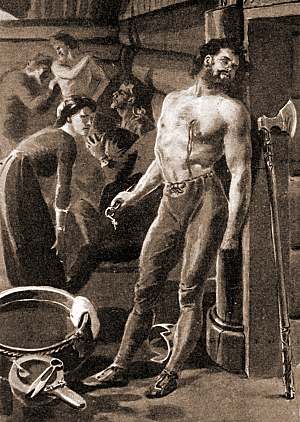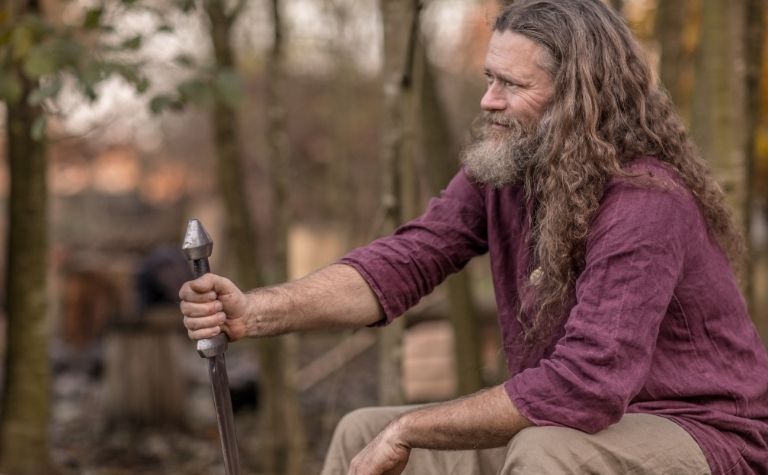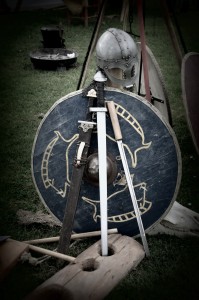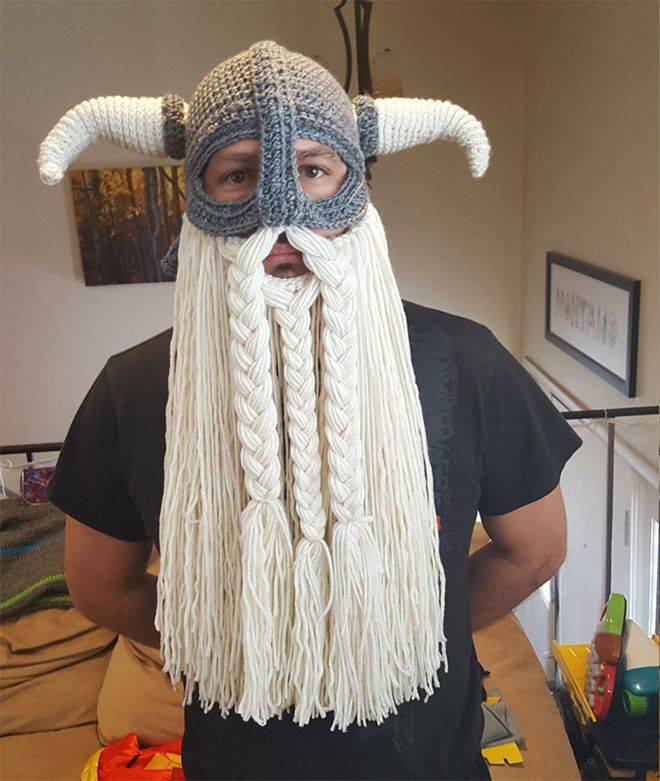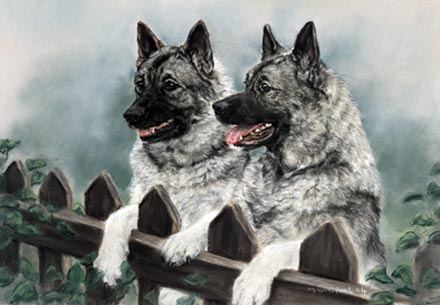Health, Grooming, and Medicine in the Viking Age
"Health. Studies of burial remains from the Viking age suggest that good health and long life were possible for at least some of the population. For example, a recent study of 11th and 12th century skeletal remains from Skeljastaðir in Iceland showed that the population was generally healthy. But that is not to say that life was free of disease and pestilence."
"The Skeljastaðir remains also suggest that oral health was generally good. Compared to modern western diets, the Viking-age diet had more coarse food, fewer refined foods, and much less sugar. Accordingly, the Viking-age teeth show considerable wear, but few instances of dental caries or decay."
"Similarly, skeletal remains of elderly people show fractures that have healed, implying that elderly people were cared for."
"An example of battlefield medicine is described in chapter 234 of
Óláfs saga helga.
Þormóðr was wounded by an arrow in his side. He broke off the shaft and supported his companions in the fight as best he could. After the battle had been lost, he left the field and entered the hut where the healer women were tending the wounded. One of the women inspected the wound and could see the iron arrow head, but could not determine its path to determine what internal organs it had struck. She gave Þormóðr a hot broth, containing leeks and onions and other herbs. If, after eating it, she could smell the broth from his wound, she would know that vital parts had been injured, and that the wound was fatal."
"Þormóðr refused the broth. Instead, he directed the woman to cut into the wound to expose the iron arrow head. He grabbed hold of the arrow head with pincers and pulled it out. Seeing fatty fibers on the arrow head, Þormóðr said, "See how well the king keeps his men. There is fat by my heart," and he died."


